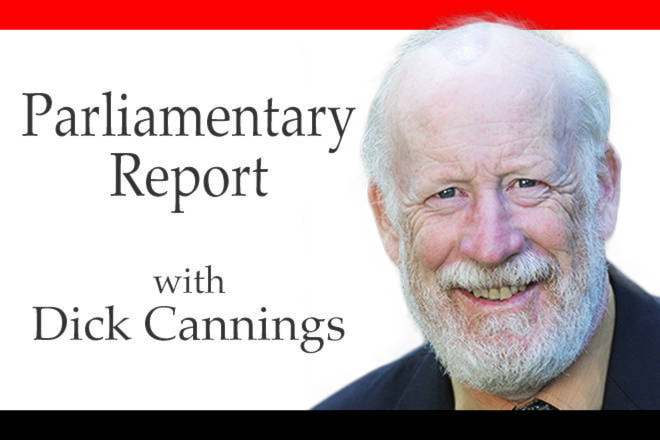Two weeks ago, I had the pleasure of taking in Trail Silver City Days festivities: the pageant, the parade and more.
The people of Trail proudly celebrated their history that weekend, and that history has a distinctly Italian flavour, with a spaghetti-eating contest, grape stomp and bocce tournament.
The local Italian community has had a truly national impact. Two of the big players in Canadian economic policy in the last few decades — Thomas d’Aquino, president of the Canadian Council of Chief Executives, and Ken Georgetti, former president of the Canadian Labour Congress, are from Trail. Likewise Bruno Freschi, architect of Expo 86.
And hockey players! Trail has always been a centre of excellence for hockey in Canada, the Smoke- Eaters winning world championships in 1939 and 1961, and the Italian community has supplied numerous NHL players, including Cesare Maniago, Ray Ferraro and Steve Tambellini.
The wine industry in British Columbia, now worth billions of dollars to the economy, has Italian immigrants to thank for its early successes. Cap Capozzi arrived in Canada in 1906 and worked as a railway labourer and managed the co-op store in Trail before becoming a successful merchant in Kelowna. In 1932 Capozzi teamed up with the Casorso family, who had been growing grapes for years in the Okanagan, to form Calona Wines, and by the 1960s it was the biggest winery in B.C. When I was growing up on the West Bench of Penticton, one of our neighbours, Tony Biollo, helped found Casabello Wines, another successful early Okanagan winery.
I used all these points in speaking in favour of a recent House of Commons motion creating Italian Heritage Month. But, I also pointed out that Canada has not always been welcoming to other cultures.
When Naramata was first settled in 1906, the advertising pamphlets declaimed that “You would not wish to find yourself surrounded with garlic eating, foreign speaking neighbours, with whom you have nothing in common socially. The class of people coming to Naramata is not of that type. They are the very best Canadian stuff.”
Italians were not welcome in Naramata a century ago. But only 10 years later Italian stonemasons were working on the Kettle Valley Railway in Naramata and their handiwork is now a point of local pride.
One Trail citizen told me that when he joined the RCMP in 1957 he was one of the first members of Italian heritage accepted into the force, almost a century after the force was founded.
My daughter, Julia, works in an immigrant services centre in Penticton, teaching English to Syrian refugees and other immigrants. She is named after her grandmother, Julia Mazzocchi. And true to her Italian heritage, Julia works half time in the burgeoning Okanagan wine industry. Like many others who work for immigrant services, she needs that half time job because federal funding for immigrant services has been cut significantly.
If we choose to celebrate the cultures that make up Canada, we must also ensure that we provide new arrivals with the help they need — language classes, employment counselling, and driver training—so that they can quickly become productive and proud citizens of our country.
Richard Cannings is a member of the NDP and the South Okanagan-West Kootenay riding MP. Cannings is also the critic for post-secondary education and critic for natural resources.
